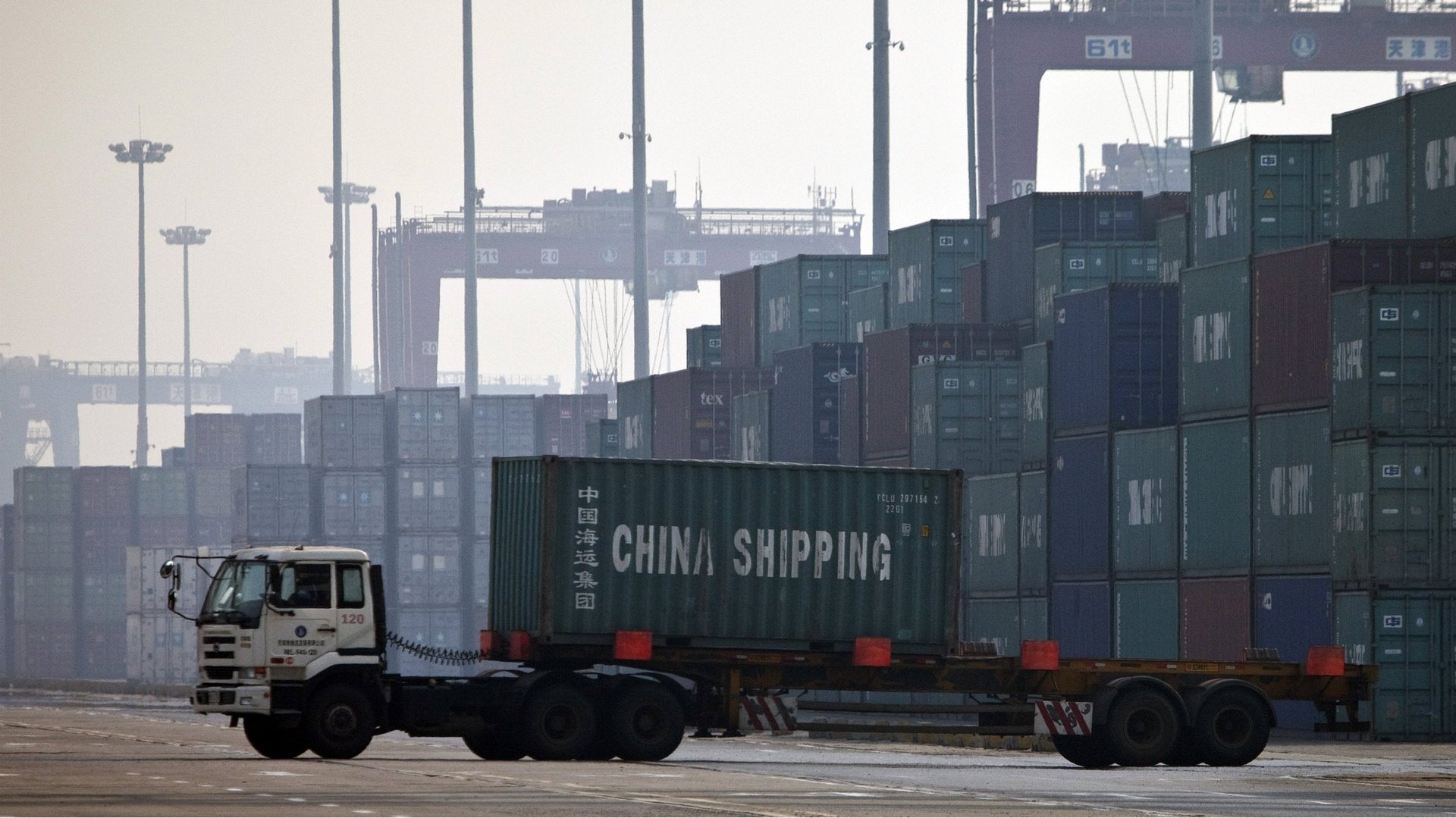China manufacturing shrinks in May, leaving policymakers with few good options
With the latest round of surprisingly dismal manufacturing data, there is no longer much doubt that China’s economy is sputtering, with tepid domestic demand unable to counteract weakness abroad. The question is what Beijing will be able to do about it.


With the latest round of surprisingly dismal manufacturing data, there is no longer much doubt that China’s economy is sputtering, with tepid domestic demand unable to counteract weakness abroad. The question is what Beijing will be able to do about it.
HSBC’s flash PMI index fell to 49.6 in May, the lowest since September, falling short of analyst expectations that it would be unchanged from April’s 50.4 level. A number above 50 indicates growth; a number below it indicates contraction.
“A sequential slowdown is likely in the middle of 2Q, casting downside risk to China’s fragile growth recovery,” said Hongbin Qu, HSBC’s chief China economist. He said that labor market weakness in particular called for more aggressive steps by the government and argued that “Beijing still has fiscal ammunition to do so.”
But policymakers’ options to stimulate the economy are looking pretty limited. Consumer demand is weak, and China already has more factories than it needs. As Quartz’s Gwynn Guilford wrote earlier this month, “It might work as a short-term fix, but investment is very clearly the last thing China needs in the longer run.” Boosting investment will only inflate the country’s real estate bubble further and add to the scary quantities of sketchy debt being held by lenders.
Chinese Premier Li Keqiang said earlier this month, “If we want to achieve this year’s growth targets, the room for stimulus and direct government investment is not large—we need to rely on market mechanisms.”
Those market mechanisms don’t seem to be working in China’s favor.